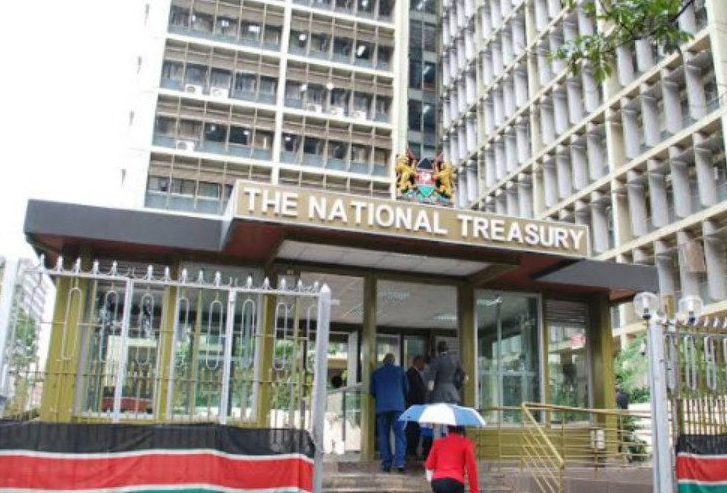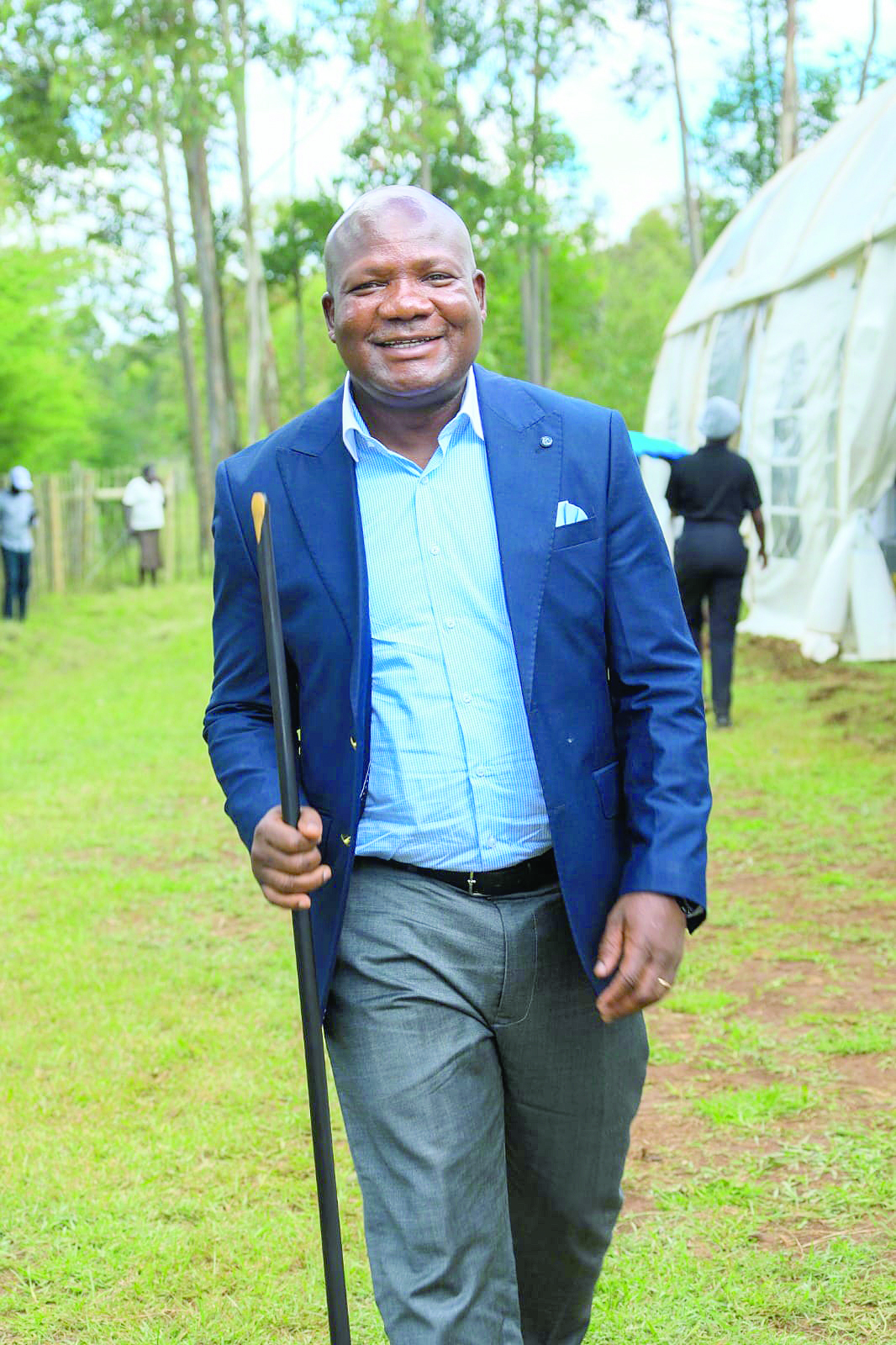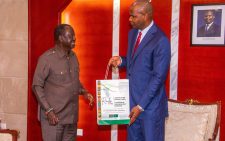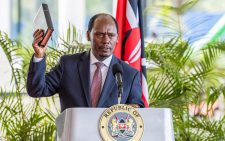Tedious stakeholders consultations delay Murang’a landfill project
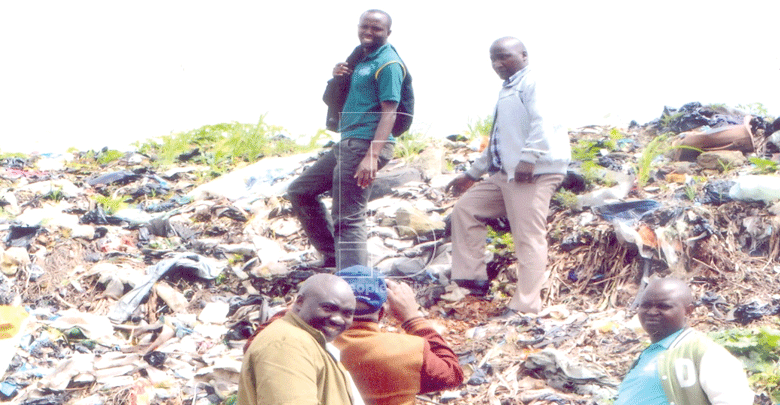
World Bank officials are worried about the ability of county governments to have in place clear plans and projects to manage urban waste amid delays in construction of a landfill project in Murang’a county.
Urban planners and waste management experts behind a global waste-wise cities campaign also say not much has been done about the waste menace since the present Constitution handed over the mandate to handle solid waste collection, transport and disposal from urban authorities to county governments.
The World Bank, which is supporting construction of the proposed Mitumbiri Sh1.2 billion sanitary landfill in Murang’a county, says in its Kenya Urbanisation Review report that county governments face an uphill task in managing waste.
The sanitary landfill is part of the Nairobi Services Improvement Project (Namsip) in the Ministry of Transport, Infrastructure, and Housing and Urban Development.
NaMSIP is being implemented and funded jointly by a World Bank US$300 million (Sh30 billion) support and an additional US$30 million (Sh3 billion) from the Kenya government.The project covers Nairobi, Machakos, Kajiado, Kiambu and Murang’a counties.
Enviromental impact
The World Bank report’s lead author, Ede Jorge, says public funding of solid waste management has not kept pace with the spirit of the Constitution while legislations and policies at the county level at times clash with the national government ones.
“Although most governors and other policy makers refer to solid waste management as one of their top priorities, all solid waste is deposited in open dump sites,” says Jorge.
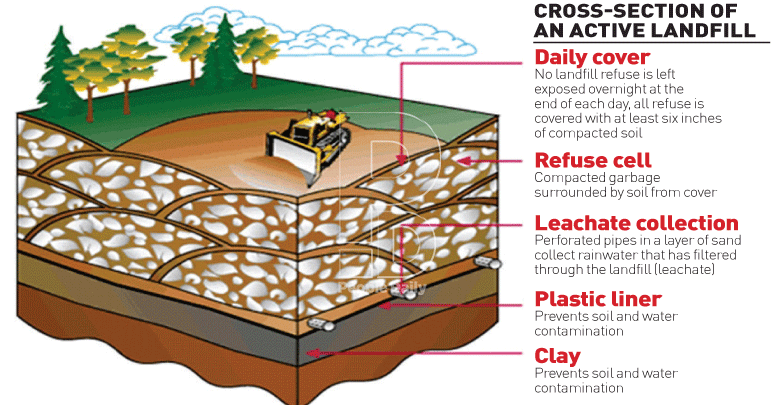
An artist’s impression of a cross-section of the landfill project.
His observation comes at a time doubts have been cast on whether the 1919/2020 deadline by which time the Murang’a project should be completed is achievable.
Several factors could delay the project. “A cross section of leaders and members of the local community are still sceptical,” said a former critic of the project and Speaker of the Murang’a County Assembly, Nduati Kariuki.
“Doubts have been raised about the true reasons for locating the project in the county and not elsewhere. There are also concerns on the health, environmental impact and benefits the project will deliver to the county,” he said.
MCAs in the county mounted a series of sustained opposition campaigns over environmental concerns last year.
The acrimony irked Transport Cabinet Secretary James Macharia, who slapped a temporary ban on its construction to offer an opportunity for more members of the public to give their views.
The project’s planners were, therefore, forced to organise benchmarking missions to Arusha town for the county leaders and civil servants for them to learn from five sanitary landfill projects in Tanzania.
A similar trip to South Africa was organised for other elected leaders while lengthy public hearing engagements —as ordered by CS Macharia— have been carried out, eating into the completion deadline.
The landfill has a life span of 20 years meant to handle at least 250 tonnes of waste generated daily.
“Kenya does not have a single, modern sanitary landfill,” says the co-ordinator of the Sh33 billion project, Benjamin Njenga.
He insists the project is still on course as public engagements continue as a priority as the outcome ruling of a court case opposing the project remains pending. Construction of an access road has been completed and the contractor is on site.
Rippling economic effects
A senior official in the ministry, Peter Bundi, says solid waste management is a major problem in most towns.
“Most towns do not have designated or licensed dump sites. Waste disposal is characterised by small dump sites at street corners which eventually grow into huge, unmanageable piles,” says Bundi.
“Murang’a residents are lucky and should take advantage of the World Bank project.
Donors hate conflict and can’t invest in an atmosphere of controversy,” said Mogaka Mabeya, stressing the need to meet the completion deadline by mid next year.
Mabeya, the director of administration at Transport ministry, says there is no way the government can push for implementation of a project that cause harm to its own citizens.
Says Nduati Kariuki: “Landfill is a better way of managing waste; it is different from dump sites.
Dandora dump site is a total disgrace. Health of residents remains at risk from the smell generated and rats command the site”.
Njenga, who has been on the firing line by critics, soldiers on. “The economic benefit is beyond the landfill. Rural towns that are coming up in Kiambu and Murang’a are benefiting from improved roads, sewerage, and other infrastructure through Namsip,” he says.
Deputy County Commissioner, Titus Macharia has pleaded with politicians to spare the project, whose benefits, he says, include efforts by the county government to ensure proper legislation for business purposes.
Concerns abound that construction of proposed Nairobi metropolitan solid waste management project might not meet 2020 deadline.

